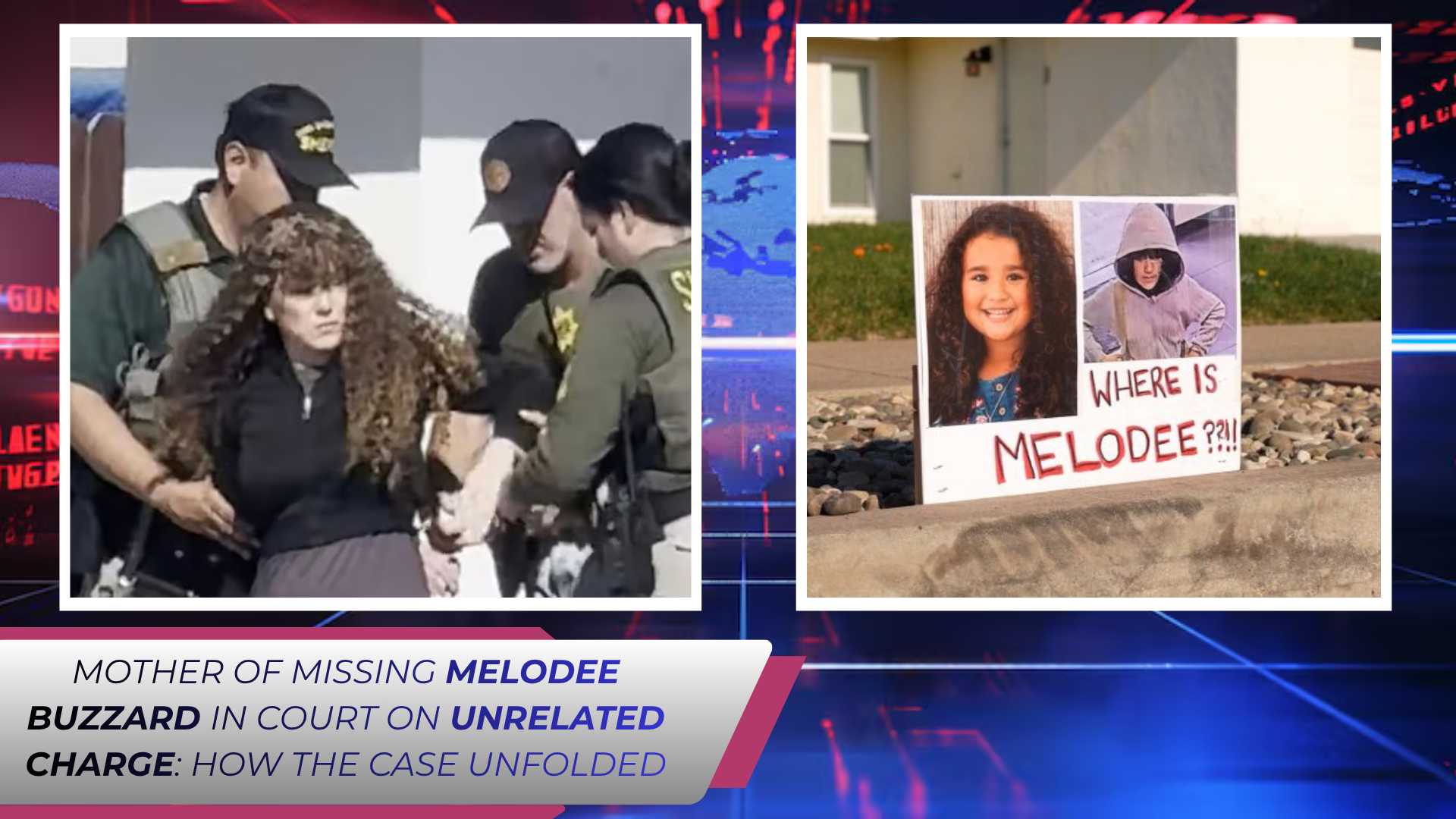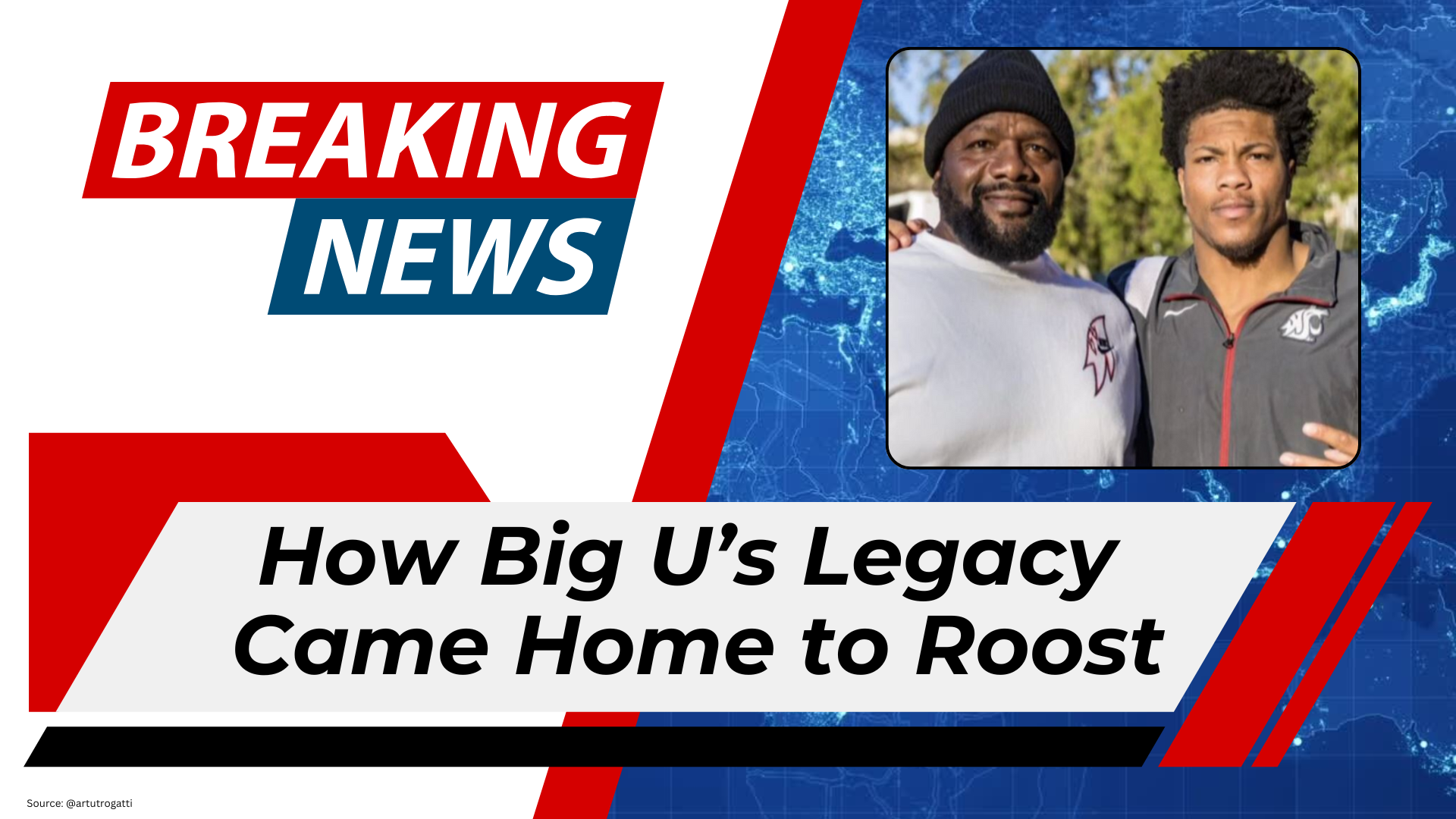Virginia’s “Ceasefire Virginia” program, launched in 2022 under the leadership of Attorney General Jason Miyares, has been credited with a substantial reduction in violent crime throughout the state. According to a report from the Virginia Commonwealth University (VCU) Wilder School’s Center for Public Policy, the initiative has exceeded expectations, leading to nearly a 32% drop in the murder rate and a 13% decrease in overall violent crime by the end of 2024. Communities participating in the program accounted for more than 60% of that decline.
The program combines community-based outreach, local prevention strategies, and stricter prosecution of repeat violent offenders. Its focus has been on cities and regions disproportionately affected by violent crime, aiming to remove the most violent individuals from the streets while simultaneously supporting local law enforcement and community policing efforts. By integrating targeted enforcement with preventative measures, the program seeks to create a sustainable reduction in crime while fostering trust between residents and police.
Preliminary data for 2025 indicates that the downward trend in violent crime is continuing, with homicides showing a further decline of nearly 10% in participating areas. Although final statistics from state authorities are still pending, early figures suggest that the program’s impact is enduring. These results have drawn significant attention from law enforcement agencies and policymakers nationwide, with several states exploring the possibility of implementing similar initiatives.
“Ceasefire Virginia” emphasizes a dual approach: taking decisive action against repeat offenders while investing in community engagement and violence prevention programs. Participants in the program include law enforcement agencies, local government officials, and community organizations working collaboratively to identify individuals at the highest risk of committing or being victims of violent crime. By offering alternatives such as mentorship, job training, and social services, the initiative addresses not only immediate criminal activity but also the underlying conditions that contribute to violence.
Supporters of the program argue that this approach represents a more balanced and effective strategy than relying solely on traditional law enforcement methods. By combining enforcement with prevention, communities see both immediate reductions in violent incidents and the long-term benefits of stronger social support networks. Many residents report a greater sense of safety, and local leaders have highlighted improvements in community-police relations as an additional outcome of the initiative.
However, the program has not been without critics. Some argue that “Ceasefire Virginia” may overstate its success and that the emphasis on enforcement may overshadow the need for sustained investments in education, housing, and economic opportunities. Others express concern about the program’s scalability, suggesting that consistent funding and long-term commitment are necessary to ensure similar outcomes across the state. Questions about equitable implementation have also been raised, particularly in rural areas and regions with limited access to supportive social services.
Despite these criticisms, the program continues to be lauded as a model for states seeking innovative approaches to violent crime reduction. Its combination of proactive enforcement and community engagement demonstrates that targeted, collaborative efforts can yield tangible results in improving public safety. The initiative has also highlighted the importance of using data-driven strategies to identify high-risk individuals and locations, allowing law enforcement resources to be deployed more effectively.
Looking ahead, the ongoing success of “Ceasefire Virginia” may influence national policy discussions on crime prevention and public safety. Experts suggest that its methods, if carefully adapted, could be replicated in other states facing similar challenges. The initiative serves as an example of how comprehensive strategies that integrate enforcement, prevention, and community involvement can produce meaningful reductions in violent crime.
In conclusion, “Ceasefire Virginia” represents a significant achievement in public safety efforts. By combining enforcement with proactive prevention and community support, the program has managed to reduce violent crime rates while fostering stronger relationships between residents and law enforcement. Its continued success may provide valuable lessons for other states and municipalities aiming to address the complex and multifaceted challenges of violent crime. The initiative demonstrates that with careful planning, collaboration, and commitment, meaningful reductions in crime are achievable.
%20(4).png)



.png)
.jpg)



